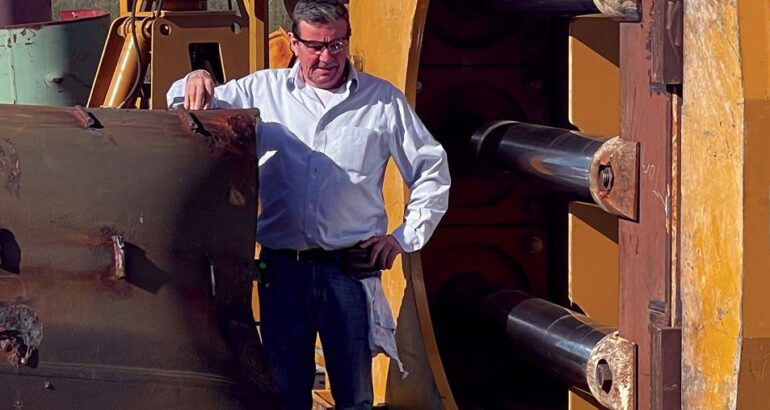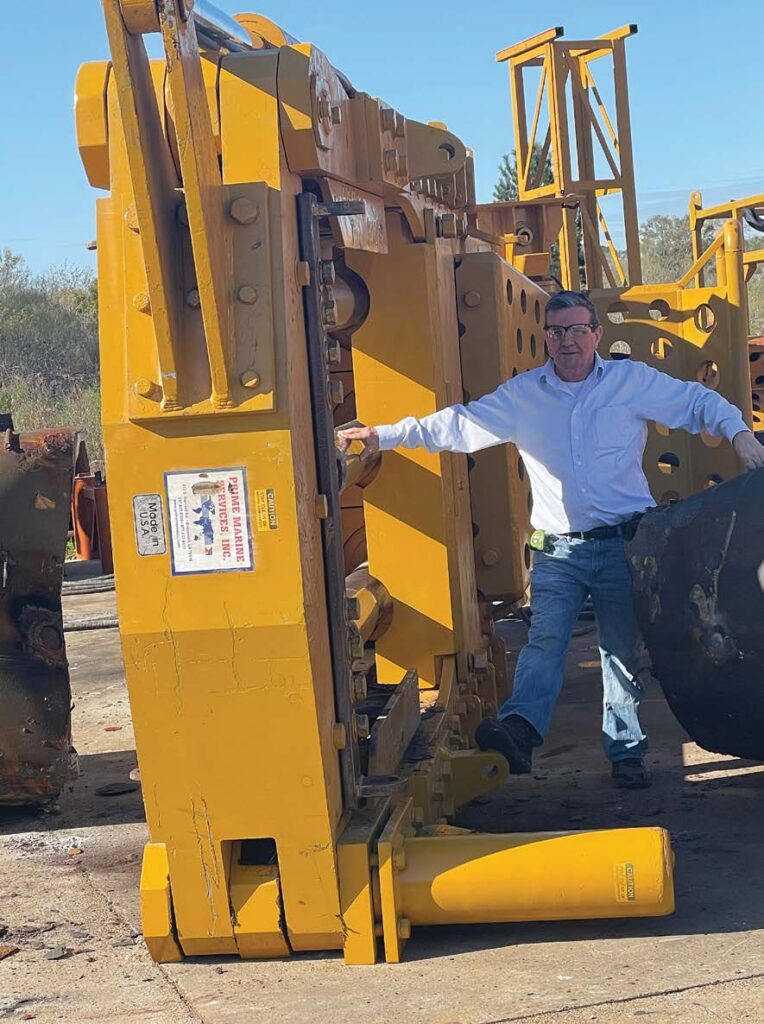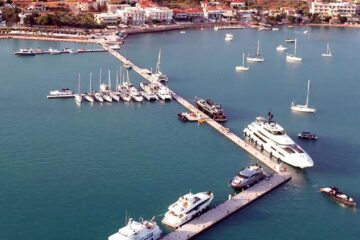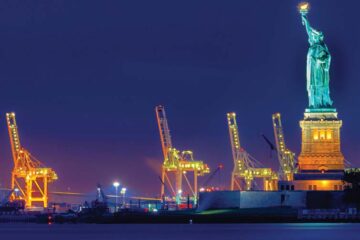By Warren Miller
It’s not unusual to come up the hard way in marine construction. But few people have achieved success by taking a tougher route than Leon Trudeau traveled. The Canadian-born construction veteran invented a pile cutter that he carried around Canada during sub-zero winter conditions on the back of his truck to demonstrate on construction sites.
Seventeen years after moving his company to Louisiana, he has his choice of clients. But in the beginning, he had to prove himself – and his invention.
Marine Construction Magazine: You’re from Canada and got your start there, didn’t you?
Leon Trudeau: Yes. I formed LBT Enterprises Ltd. in 1985. From 1985 to 1997, I had the traffic signal installation contract for the Department of Highways in Manitoba, Canada.
What made did you decide to invent your own pile cutter? I was working for a lot of concrete piling contractors, excavating around the piles and grade beams. Watching the piling industry at work, I saw the jack hammers, concrete saws, dynamite and wire saws they used for concrete pile removal. The tools made the work slow and dangerous. There was a lot of time and labor involved in accomplishing the type of work. So I decided to develop a tool that would revolutionize the cutting and expose the steel strands in the concrete piling.
What were the challenges in doing that?
Well, the first one was the extreme climate in Canada. Sometimes it’s 100, 105 degrees above [Fahrenheit] and other times, it can be 30, 35 degrees below zero. Steel equipment will break in those conditions, you know.
I came up with a good alloy, then, a method of heat treating to harden the steel alloy to make it durable for cutting steel, cutting concrete, cutting rebar. We’re cutting the worst of the worst cutting on the planet.
And what I could do with the pile cutter wasn’t just faster. It was safer, too. I could cut precast bridge piles underwater and below the mudline, to DOT regulations, remotely. That eliminating the need for divers, scaffolding and high-speed diamond saw blades.
Was your new pile cutter accepted?
When contractors saw it in action, yes. It’s very hard to convince contractors to try something new. I spent a lot of time trying to demo it on job sites.
What I’d do was to hit the road with my pile cutter on a trailer behind my one-ton van, the “Blue Dodge Inn.” I called it that because I slept in it many times when I was stuck in storms or there were accidents on the road. I drove it to job sites from Canada to the Mexican border.
It was hard work. When we’d come up with a new model, we’d take it to job sites to show how it cuts pile. Sometimes we’d show up on a job to demonstrate it and get kicked off the site.
So we’d ask about other jobs in the area and go there. Once people saw what our cutter could do, they’d tell other people, who’d call and leave messages. I’d let the office know where we were so they could send me a fax—most people didn’t have email back then.
It was exciting. We even did a job in Mexico City, one cut on biggest aqueduct that ever existed to keep it from collapsing. I saved the day on that one.
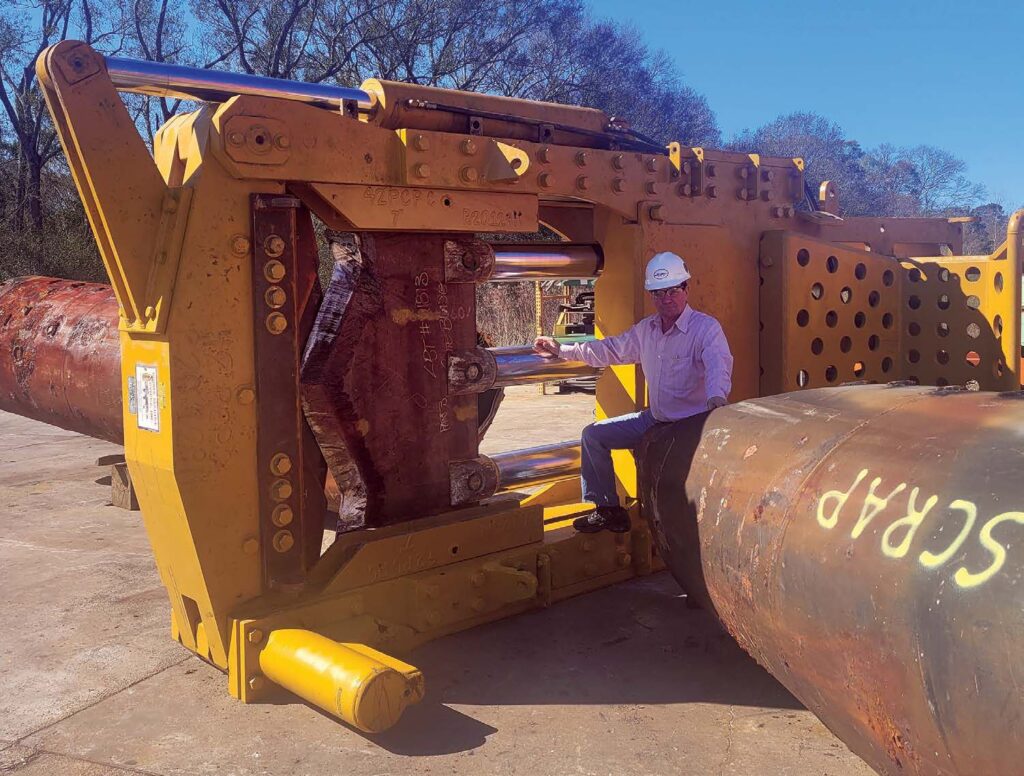
What brought you to Louisiana in 2005?
Well, in the early part of 2003, I realized there was a big market for our cutters in the offshore industry. I designed and manufactured 36-inch and 48-inch pile cutters to remove abandoned oil platforms, decks and abandoned pipelines from the Gulf of Mexico water and off the sea bed.
So in 2005, I moved to Broussard, to be close to the energy industry, and incorporated Prime Marine. The mayor of Broussard helped me a lot. It’s been great.
We still travel a lot, cutting pillars, piles and columns. We worked on the removal of the old Tappan Zee Bridge near New York City. We did our work in a fifth of the time they quoted the job for.
Sometimes I think I cut my own leg off because I’m in and out too fast. I go to a job that’s supposed to take three months and I’m out in a week. People sometimes hang up the phone because they don’t believe me. They don’t think I can cut a pipe in five seconds.
You mentioned that you’ve worked a number of times with the primary contractors on the Tappan Zee Bridge demolition. Is much of your work repeat business?
Yes, I work mostly with the same contractors. I can pick and choose what work I take on. I don’t need anyone but myself and another employee. I don’t need men underwater, below the mud. Everything is done remotely with my equipment. There’s one guy on the job most of the time.
I’m starting to rent our equipment now, too. All we have to do is train the contractor how to use it.
Do you expect the coming infrastructure work, especially bridge repair, to have a big impact on your company?
Yes. We’re in a good position to expand. Prime Marine Services now has six models, ranging from 16 inches to 48 inches, in its inventory, with a 42- inch model that has just came out on the market in 2021. We also have a 33-inch model on its way, which is being built to help with contractor crane capacity. We have some new attachments that have been created and have patents pending.
There’s a new gated blade and cutting blade system that allows bigger piles and pipes to be cut with a smaller cutting unit. It keeps the piles centered in the cutter, which takes more pressure off of the frame of the cutter.
This past January, we completed a test cut with the 42-inch on a pipe that was 48 inches thick with a 1½-inch” wall. It was “Gone in 60 Seconds”!
So what does the future hold for Prime Marine Services? How long are you going to do this, and do you have an exit strategy?
I don’t have an exit strategy because I really don’t care about retirement. I go and come when I please, and I have good employees. If somebody offers me a good chunk of change, I’ll take it, but otherwise, I don’t worry. I like what I’m doing.
Republished from Marine Construction Magazine Issue V, 2022






